Conservation of Crop Genetic Resources in Italy with a Focus on Vegetables and a Case Study of a Neglected Race of Brassica Oleracea
Abstract
:1. Introduction
1.1. Conservation of Crop Genetic Resources: The Italian Situation
- Scientific institutions dealing with collecting, preservation, characterization and documentation of material and ex situ conservation, as well as dissemination of the information collected;
- Regions, Autonomous Provinces and other local institutions (Provinces, Municipalities, Mountain Communities, GAL—Groups of Local Action, etc.) coordinate and promote these actions often supporting them with dedicated lines of credit (e.g., regional laws for the protection of agrobiodiversity) or through funds for agricultural regional research and the “Plans of Rural Development” or others;
- The non-governmental sector (all subjects not included in the previous two categories, such as individually or jointly working farmers, associations, foundations, various organizations, etc.) stimulates and/or carries out paths of preservation and exploitation of specific landraces or particular territories, starting from the needs of local communities and farmers and their history.
1.2. Plant Genetic Resources Stored by Italian Public Institutions and Universities
1.3. PGR Stored by the Research Institutes of the CREA
1.4. PGR Stored by the Research Institutes of the CNR
1.5. Other Sources
2. A General Plan of Action for Italy to Improve the Safeguarding of Crop Genetic Resources
- To develop new (bio) informatics systems that can facilitate both the management of the utilization of stored genetic resources (e.g., finding duplicates of accessions, defining core collections), making them readily available, and doing work together on data of different nature (passport data, evaluation, images, GIS mapping, etc.) to help breeders to select the best parents for their breeding programs.
- To develop (bio) informatics systems that will aid researchers to census the level of synonymy/duplication internal to the collections. Unwanted duplication may be due to obtaining the same genotypes from different sources, or from the fact that the same genotype is called by different names in different areas (a typical example is the olive germplasm).
- To assess the level of safety duplication of the material stored, i.e., whether each sample has a “backup copy” stored at another center for the conservation and, if not, developing it also using innovative techniques of in vitro conservation.
- To establish contacts and to formalize interactions with major international institutions for safeguarding plant biodiversity, such as, CGIAR (Consultative Group on Agricultural Research), Bioversity International, the European Network ECPGR (some important Italian genebanks only a few months ago joined to EURISCO and AEGIS, others have not yet!).
- The main critical factor is the lack of a single national institution responsible for the conservation of all PGR of agricultural interest or of a coordinated germplasm system. This national institution should also have the task of coordinating activities by other organizations at national and regional level for the purposes of a correct policy of duplication of collected accessions. The accessions of many species of agricultural interest are disappearing quickly; traditional crops have almost been completely replaced by a few commercial varieties. The consequence is the decrease of genetic variability in the fields. The survival of many genotypes is exclusively linked to their presence in collections. A lack of cooperation among the various institutions (public and/or private) involved in the conservation of PGR should be noted. It is also important to mention the lack of adequate and continuous funding for the care and maintenance of the collections, including characterization activities. Equally important are: (a) the difficulties in finding adequate space for new accessions (often indigenous material threatened by genetic erosion), especially for tree species; (b) lack of facilities for the proper arrangement of the material to be quarantined; (c) the great heterogeneity in the documentation of the accessions stored at the various institutions, with the consequent difficulty of harmonizing the data contained in the various databases maintained by individual institutions and often specific to only a few species of interest.
- Some additional actions to be taken for solving the most critical factors are: (a) to define and institutionalize a national institution for the conservation of PGR for agriculture; (b) to continue the work of collecting accessions in the national territory which are not yet included in public collections; (c) to continue and complete the morphological, agronomical, phytosanitary and molecular characterization of all stored accessions; (d) to improve, complete and harmonize the documentation of the stored material (e.g., census of facilities that operate the active conservation of PGR, census of species/varieties stored); (e) to define, for each crop, a core collection, in order to ensure the efficiency of evaluation and the conservation of essential genetic traits; (f) to carry out public awareness-raising activities for the safeguarding of PGR and to create awareness regarding the various potential uses of PGR and the importance of genetic variation within a given species; (g) to properly prepare the material, especially that under the FAO Treaty, for exchange with other institutions; (h) to create conditions for increasing the duration of the viability of accessions in seed storage (suitable climatic chambers for long-term storage); (i) to assess the conservation status of the material currently present in ex situ collections in order to effectively intervene on the endangered species from extinction; (j) to promote the use of the National Inventory as a general platform for documentation and access to data on the PGR stored ex situ in Italy. This will also facilitate the transfer of information into the various European (EURISCO and the European Central Crop Databases, ECCDBs) and global catalogues (WIEWS, Genesys).
3. Genetic Resources of the Main Vegetables Cultivated in Italy and Their Safeguarding
3.1. Italian Situation
3.2. Main Safeguarding Problems
3.3. Some Actions to Take for Solving the Most Critical Factors of Vegetable Landraces
4. Conclusions
5. Case Study: ‘‘Mugnolicchio’’: A Neglected Race of Brassica Oleracea L. from Altamura (Italy)
Author Contributions
Acknowledgments
Conflicts of Interest
References
- Hammer, K.; Knüpffer, H.; Laghetti, G.; Perrino, P. Seeds from the Past. A Catalogue of Crop Germplasm in South Italy and Sicily; Germplasm Institute of C.N.R.: Bari, Italy, 1992; pp. II–173. [Google Scholar]
- Hammer, K.; Knüpffer, H.; Laghetti, G.; Perrino, P. Seeds from the Past. A Catalogue of Crop Germplasm in Central and North Italy; Germplasm Institute of C.N.R.: Bari, Italy, 1999; pp. IV–254. ISBN 88-900347-0-X. [Google Scholar]
- Hammer, K.; Laghetti, G. Small Agricultural Islands and Plant Genetic Resources—Le Piccole Isole Rurali Italiane; IGV-CNR: Bari, Italy, 2006; pp. X–246. ISBN 88-900347-4-2. [Google Scholar]
- Hammer, K.; Laghetti, G.; Pignone, D. Linguistic Islands and Plant Genetic Resources—The Case of the Arbëreshë; ARACNE: Rome, Italy, 2011; ISBN 978-88-548-3958-8. [Google Scholar]
- Montesano, V.; Negro, D.; Sarli, G.; Logozzo, G.; Spagnoletti Zeuli, P. Landraces in inland areas of the Basilicata Region Italy: Monitoring and perspectives for on farm conservation. Genet. Res. Crop. Evol. 2012, 59, 701–716. [Google Scholar] [CrossRef]
- Ministero delle Politiche Agricole Alimentari e Forestali. Linee Guida per la Conservazione e la Caratterizzazione della Biodiversità Vegetale, Animale e Microbica di Interesse per L’agricoltura; INEA—Piano Nazionale sulla Biodiversità di Interesse Agricolo: Roma, Italy, 2013. [Google Scholar]
- Hammer, K.; Laghetti, G. Genetic erosion—Examples from Italy. Gene. Res. Crop Evol. 2005, 52, 629–634. [Google Scholar] [CrossRef]
- CREA. Available online: http://www.crea.gov.it/?lang=en (accessed on 30 June 2018).
- CNR. Available online: https://www.cnr.it/it (accessed on 30 June 2018).
- Aitken-Christie, J.; Kozai, T.; Smith, M.A.L. (Eds.) Glossary. In Automation and Environmental Control in Plant Tissue Culture; Kluwer Academic Publishers: Dordrecht, The Netherlands, 1995; pp. IX–XII. [Google Scholar]
- Germanà, M.A.; Hafiz, I.A.; Micheli, M.; Standardi, A. Preliminary research on conversion of encapsulated somatic embryos of Citrus reticulata Blanco, cv. Mandarino Tardivo di Ciaculli. Plant Cell Tissue Organ. Culture 2007, 88, 117–120. [Google Scholar]
- Piotto, B.; Giacanelli, V.; Ercole, S. (Eds.) La conservazione ex situ della Biodiversità delle Specie Vegetali Spontanee e Coltivate in Italia: Stato dell’Arte, Criticità e Azioni da Compiere. Manuali e linee guida ISPRA: Roma, Italy, 2010; ISBN 978-88-448-0416-9. [Google Scholar]
- Lambardi, M.; de Carlo, A. Tecniche ed applicazioni della criogenia alla conservazione ed al risanamento di germoplasma vegetale. Italus Hortus 2009, 16, 79–98. [Google Scholar]
- BioGenRes. Available online: http://www.biogenres.cnr.it (accessed on 30 June 2018).
- Nicoletto, C.; Santagata, S.; Pino, S.; Sambo, P. Antioxidant characterization of different Italian broccoli landraces. Horticult. Bras. 2016, 34, 74–79. [Google Scholar] [CrossRef]
- Laghetti, G.; Hammer, K.; Olita, G.; Perrino, P. Collecting vegetable crops in Basilicata, Italy. Plant Genet. Resour. Newslett. 1993, 96, 35–37. [Google Scholar]
- Massie, I. Report on Research Trip to Italy to Assess Genetic and Ecogeographic Variation and Genetic Erosion of Cauliflower and Broccoli Crops and to Collect Seed Samples; Horticulture Research International, Wellesbourne: Warwick, UK, 1993. [Google Scholar]
- Gustafsson, M.; Gomez-Campo, C.; Perrino, P. Germplasm conservation of the wild Mediterranean Brassica species. J. Swed. Seed Assoc. 1986, 26, 347–360. [Google Scholar]
- Perrino, P.; Pignone, D.; Hammer, K. The occurrence of a wild Brassica of the oleracea group (2n = 18) in Calabria (Italy). Euphytica 1992, 59, 99–101. [Google Scholar] [CrossRef]
- Laghetti, G.; Martignano, F.; Falco, V.; Cifarelli, S.; Gladis, T.; Hammer, K. “Mugnoli”: A neglected race of Brassica oleracea L. from Salento (Italy). Genet. Resour. Crop Evol. 2005, 52, 635–639. [Google Scholar] [CrossRef]
- Laghetti, G.; Volpe, N.; Sonnante, G.; Pignone, D.; Sonnante, G. On the old Apulia lentil agroecotype ‘Lenticchia di Altamura’ (Apulia, Italy). Italus Hortus 2006, 13, 467–471. [Google Scholar]
- Piergiovanni, A.R.; Brandi, M.; Cerbino, D.; Olita, G.; Laghetti, G. The agro-ecotypes of common bean from Sarconi and Rotonda (PZ). Results of a triennal agronomic and biochemical study. (Gli agro-ecotipi di fagiolo di Sarconi e Rotonda (PZ). Risultati di una sperimentazione agronomica e biochimica triennale.). In Proceedings of the V National Congress on Biodiversity “Biodiversità e Sistemi Ecocompatibili”, San Leucio (CE), Italy, 9–10 September 1999; Volume 13, pp. 571–578. [Google Scholar]
- Brandi, M.; Cerbino, D.; Laghetti, G.; Piergiovanni, A.R.; Olita, G.; Rizzi, R.; Martelli, S. Una carta di identità per il fagiolo di Sarconi e Rotonda. Inf. Agrar. 1998, 27, 55–61. [Google Scholar]
- Laghetti, G.; Hammer, K.; Brandi, M.; Cerbino, D.; Olita, G.; Perrino, P. Ritrovamento di una coltivazione di melanzana africana. Inf. Agrar. 1995, 39, 52. [Google Scholar]
- Cerbino, D.; Laghetti, G.; Piergiovanni, A.R. Studi morfologici e biochimici per rilanciare la ‘Melanzana Bianca di Senise’. Agrifoglio 2010, 37, 38–39. [Google Scholar]
- Cerbino, D.; Illiano, M.; Cirigliano, M.; Di Napoli, A.; Zienna, P.; Gallo, S.; Laghetti, G.; De Lisi, A.; Direnzo, P.; Giunta, R.; et al. Le Antiche Varietà di Patata del Pollino; Laghetti, G., Cerbino, D., Eds.; I Quaderni dell’ALSIA n.12/2016—Supplement to N. 55 of Agrifoglio; ALSIA: Matera, Italy, 2016; Volume 124, ISBN 978-88-95110-20-2. [Google Scholar]
- Perrino, P.; Volpe, N.; Laghetti, G. “Lucanica” e “Forenza”: Due nuove varietà di farro. Inf. Agrar. 1996, 47, 34–35. [Google Scholar]
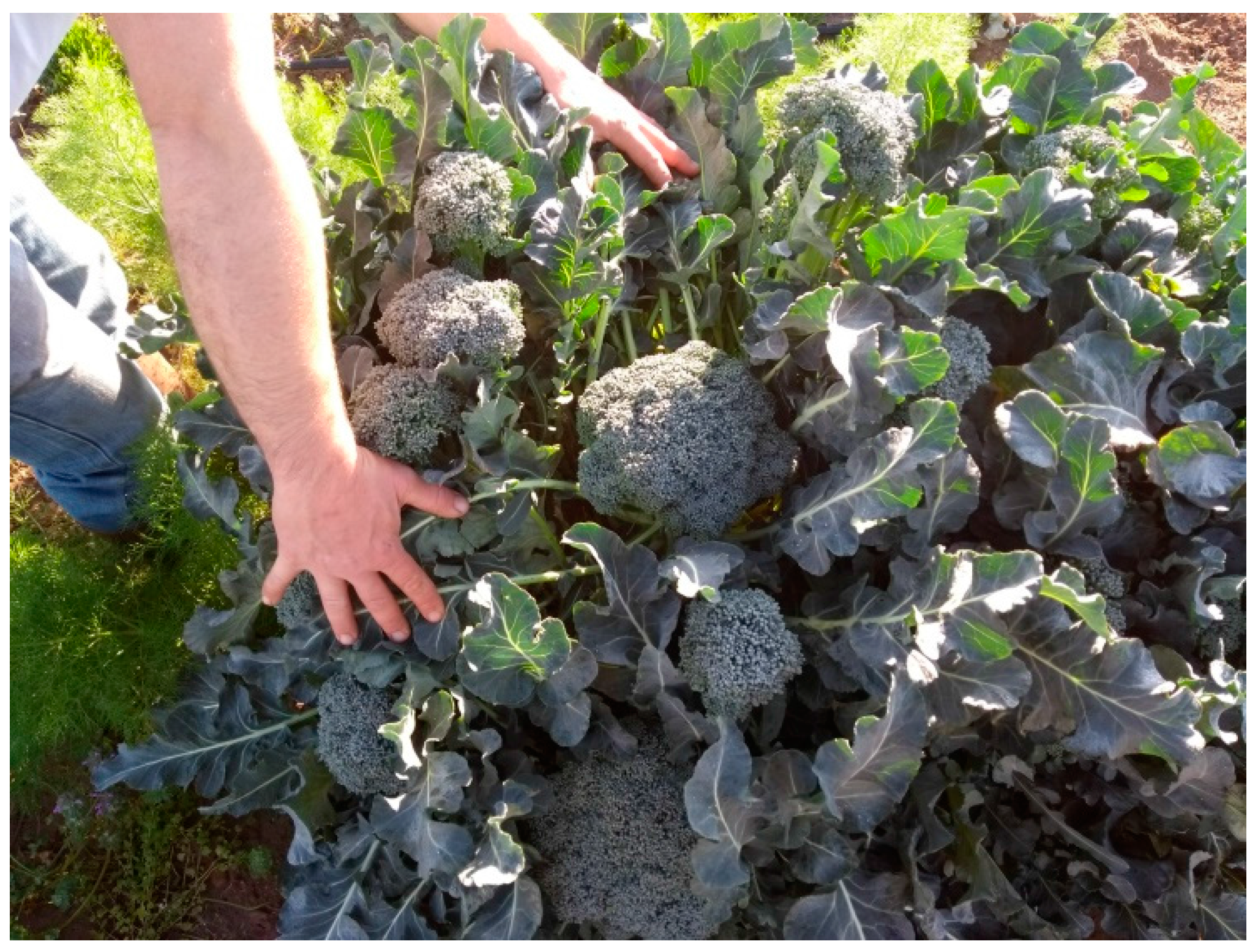
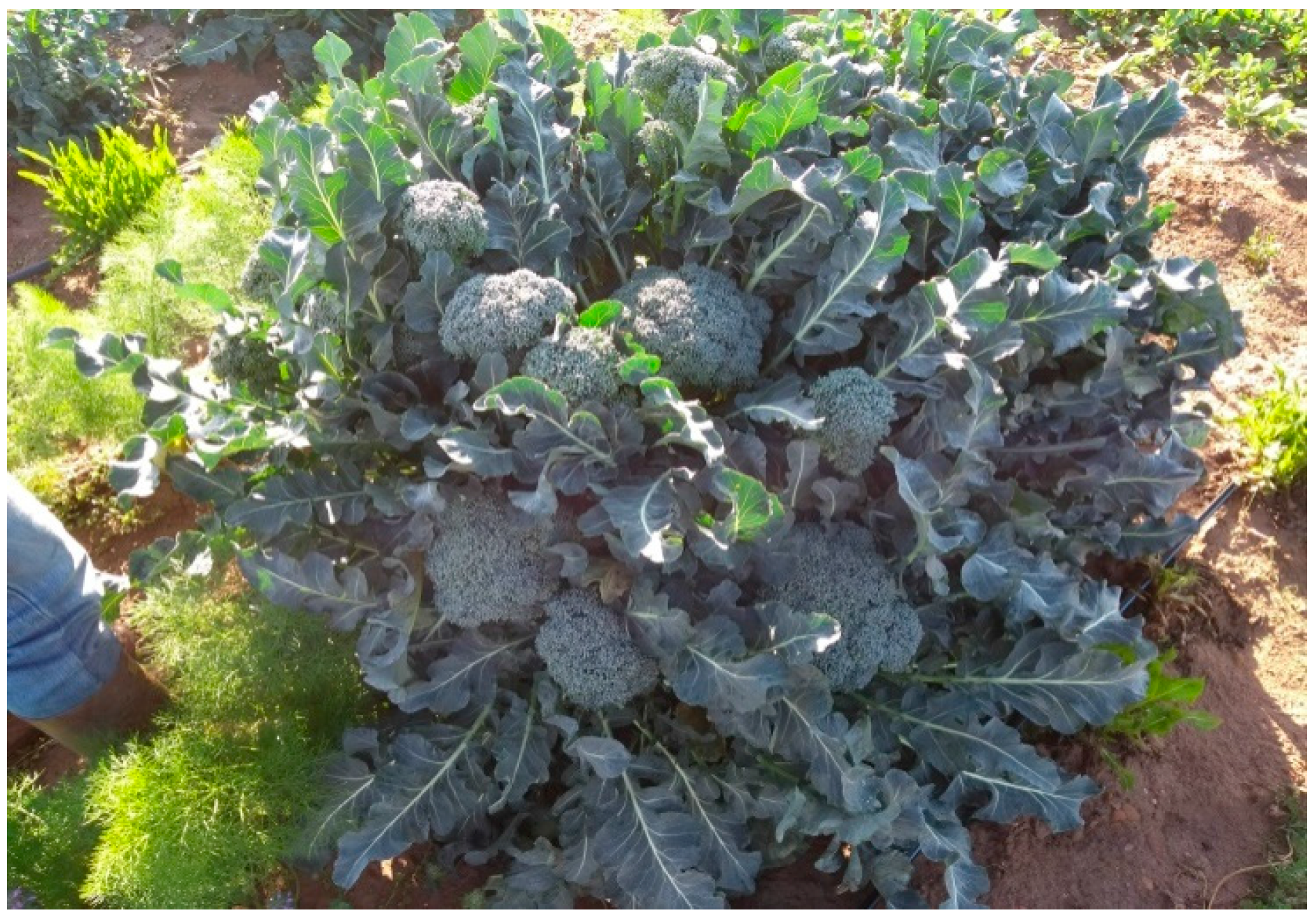
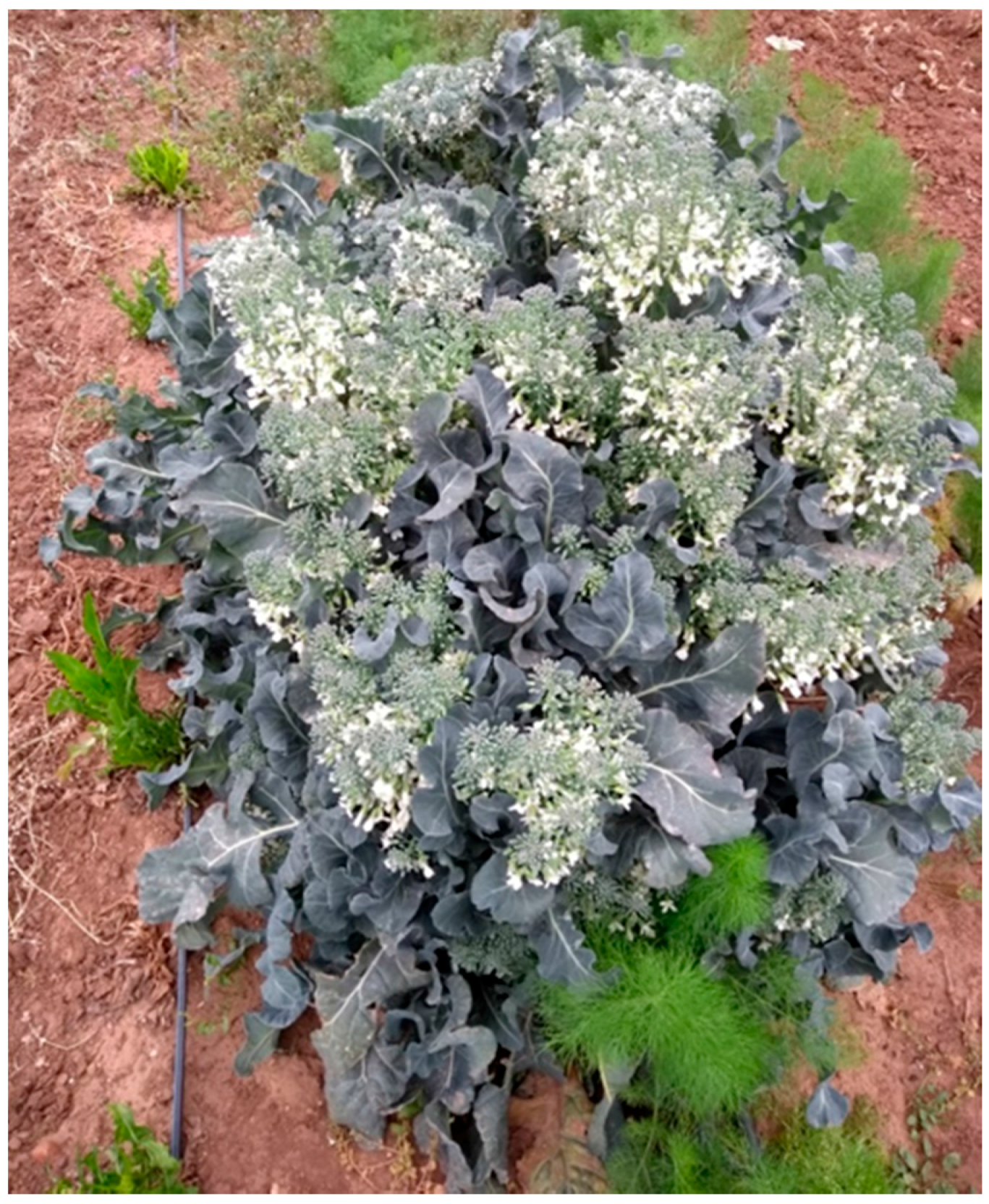

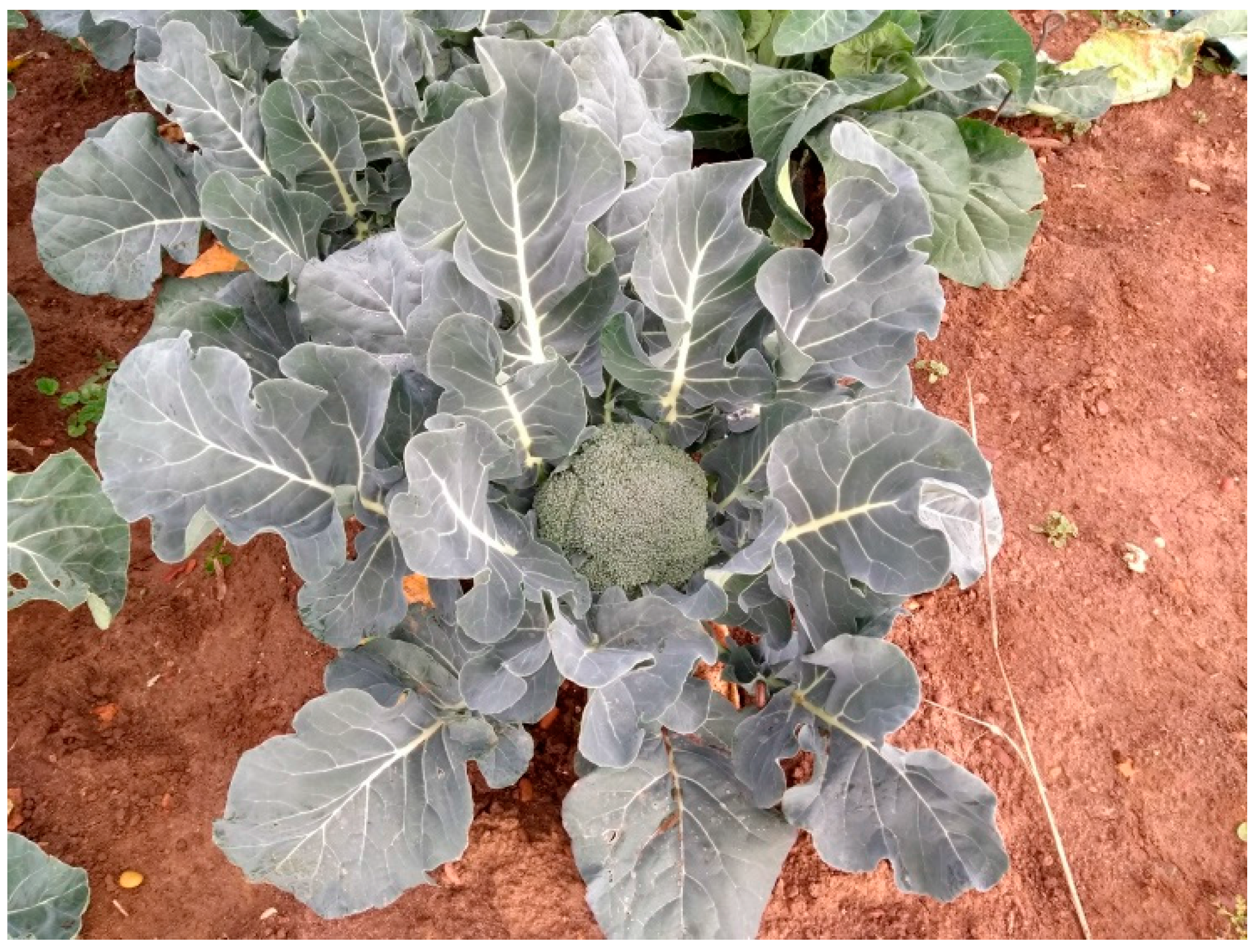
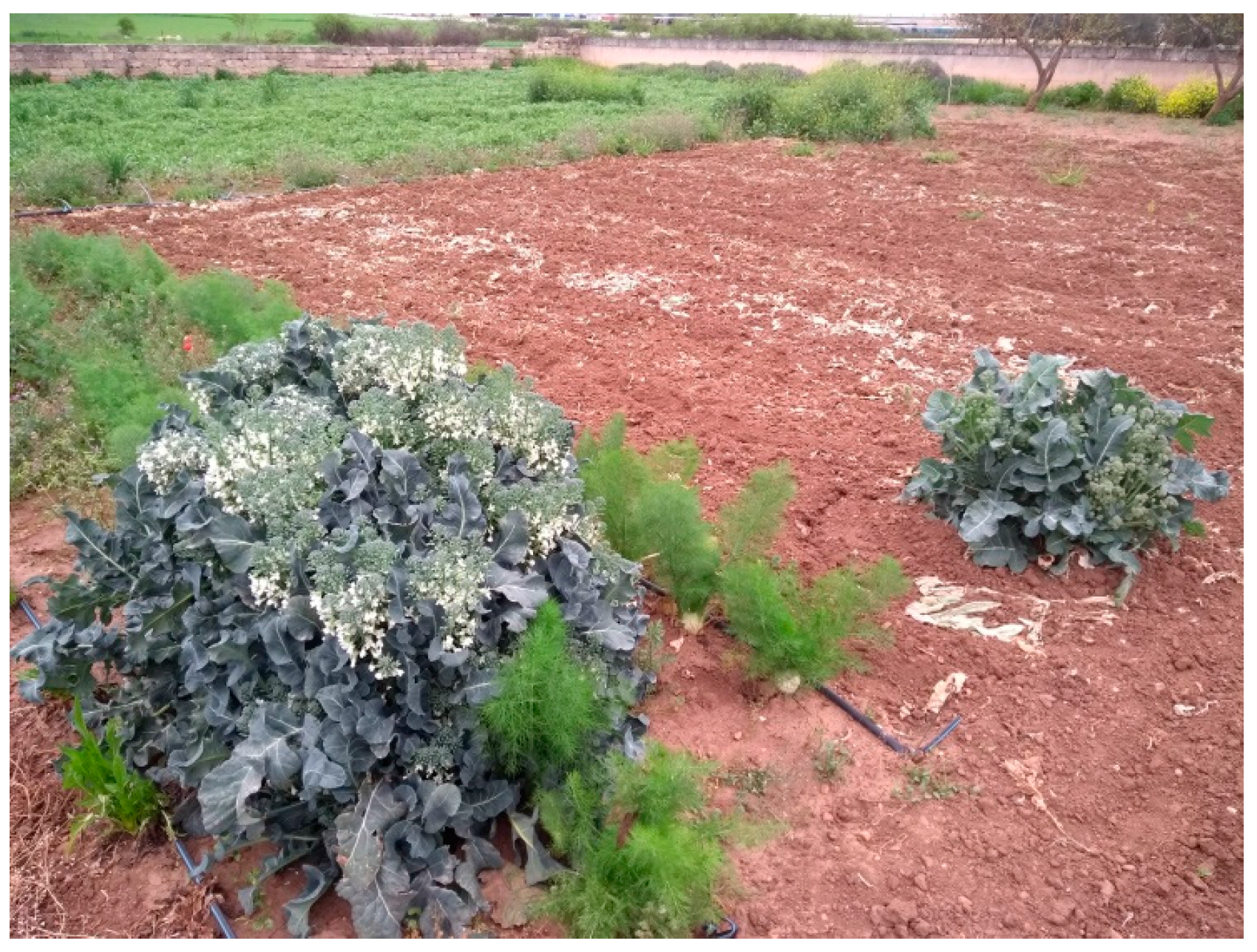
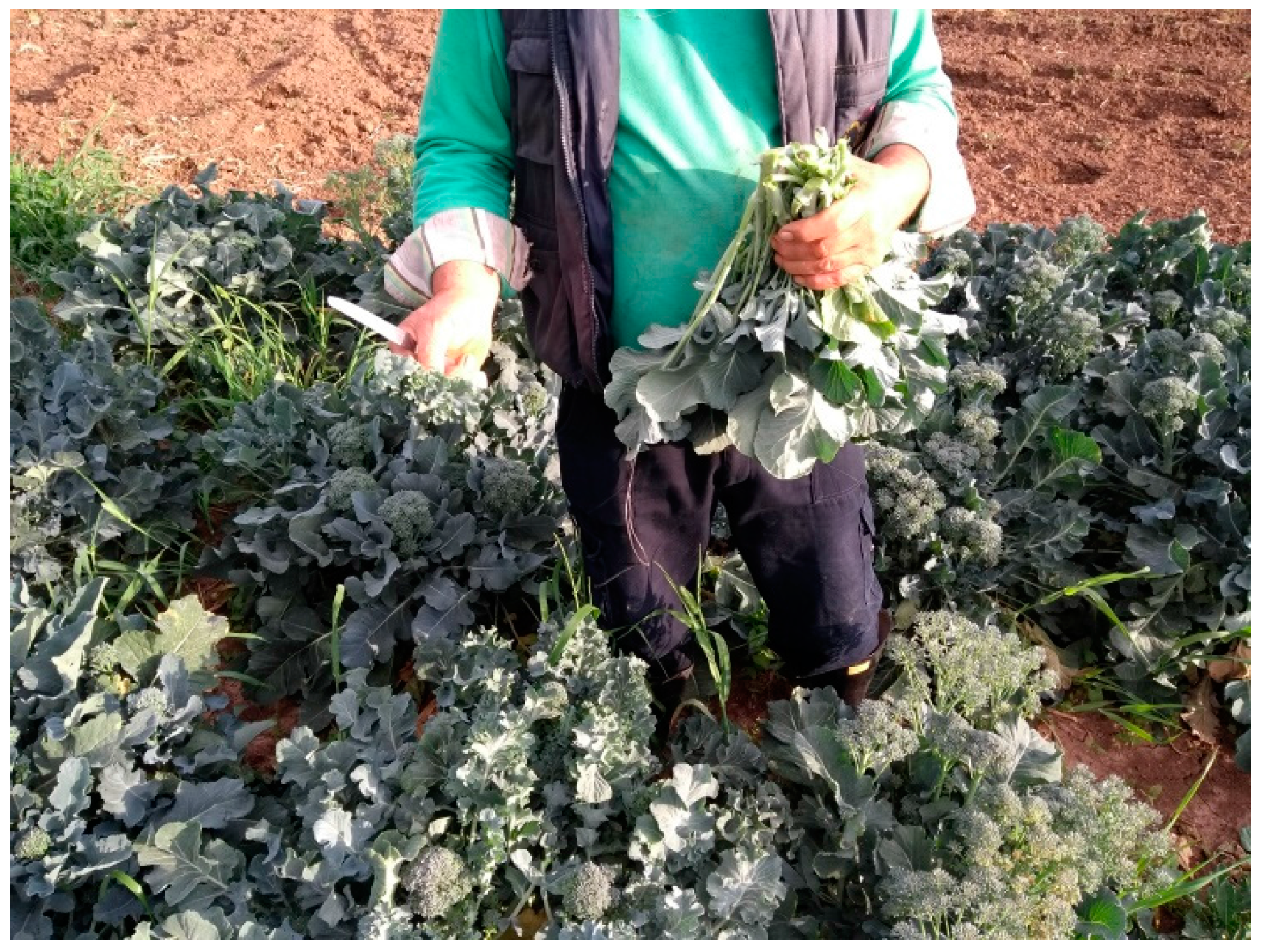
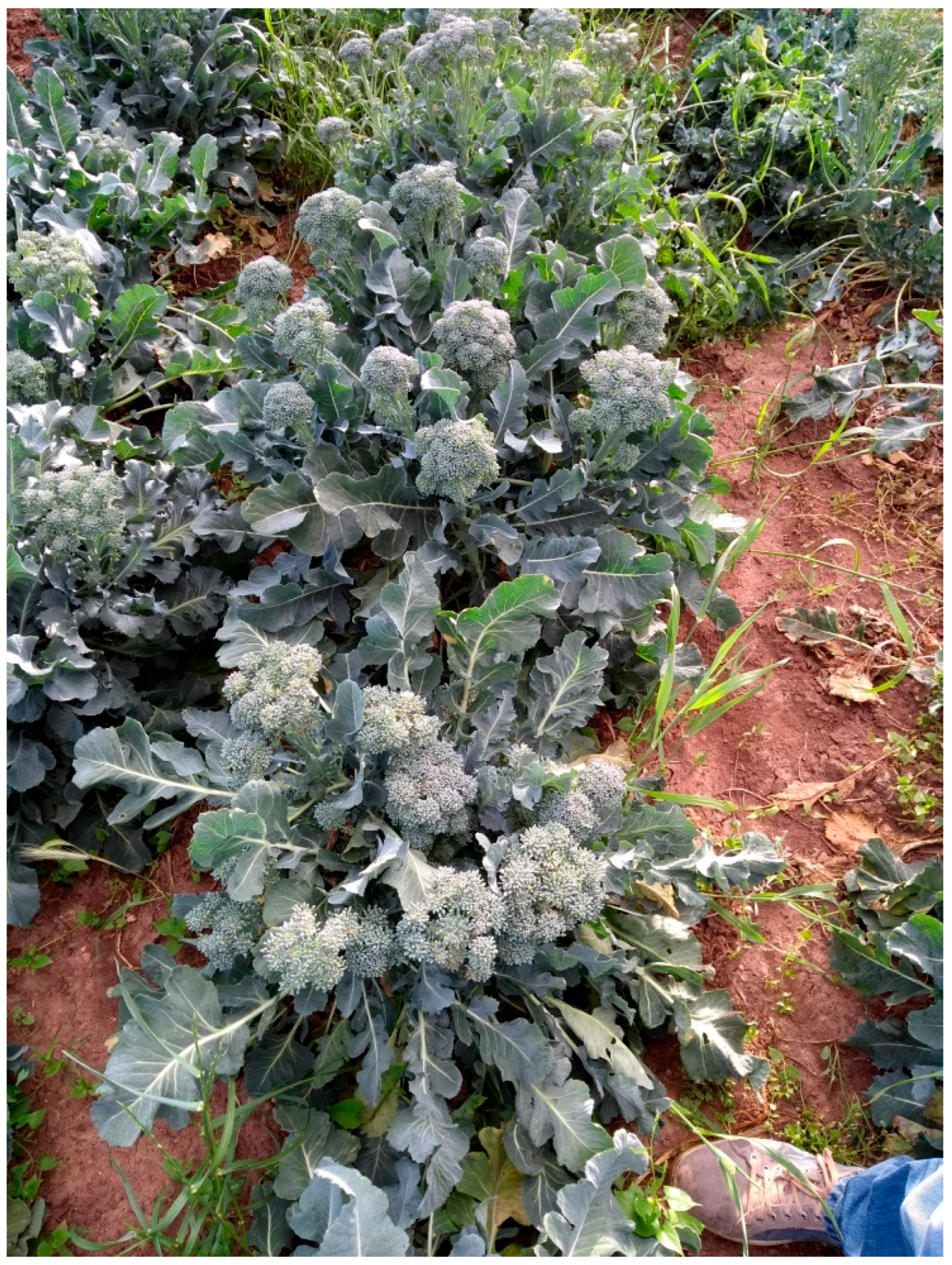
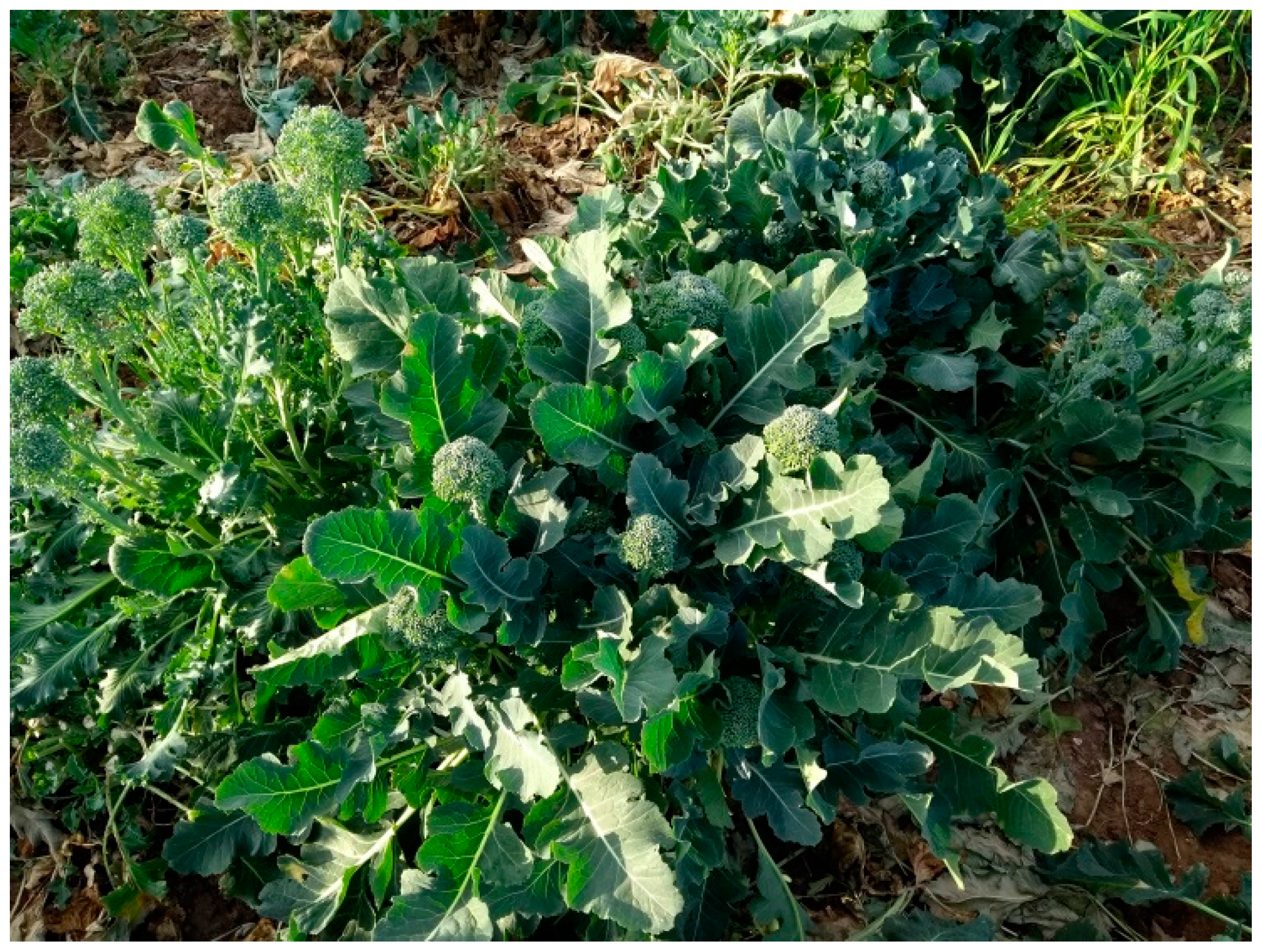

| Plant Genetic Resources | CREA Institutes | No. Accessions (CREA) | CNR Institutes | No. Accessions (CNR) | Other Research Units | No. Accessions (“Semi Rurali”) |
|---|---|---|---|---|---|---|
| cereals | ACM, CER, GPG, MAC, QCE, RIS, SCV | 17,496 | IBBR | 34,920 | “Semi Rurali” Network | 1190 (total, mostly cereals) |
| vegetables | ORA, ORL, ORT | – | IBBR, ISAFOM | 3844 | “Semi Rurali” Network | |
| fruits and nuts | ACM, FRC, FRF, FRU, SCA | 8787 | IVALSA | 6160 | “Semi Rurali” Network | |
| fodder species | FLC | 7776 | IBBR | 6561 | – | – |
| Industrial crops | API, CAT, CIN | 2714 | – | – | – | – |
| olive | OLI | 3243 | IVALSA, ISAFOM, IBBR | 2500 | – | – |
| grape | VIT | 793 | IBBR | 119 | – | – |
| ornamental species | FSO, SFM, VIV | 266 | – | – | – | – |
| medicinal and aromatic plants | MPF | 586 | IBBR | 448 | – | – |
| forest species | SEL, PLF | 3.744 | IBBR | 5.326 | – | – |
© 2018 by the authors. Licensee MDPI, Basel, Switzerland. This article is an open access article distributed under the terms and conditions of the Creative Commons Attribution (CC BY) license (http://creativecommons.org/licenses/by/4.0/).
Share and Cite
Hammer, K.; Montesano, V.; Direnzo, P.; Laghetti, G. Conservation of Crop Genetic Resources in Italy with a Focus on Vegetables and a Case Study of a Neglected Race of Brassica Oleracea. Agriculture 2018, 8, 105. https://doi.org/10.3390/agriculture8070105
Hammer K, Montesano V, Direnzo P, Laghetti G. Conservation of Crop Genetic Resources in Italy with a Focus on Vegetables and a Case Study of a Neglected Race of Brassica Oleracea. Agriculture. 2018; 8(7):105. https://doi.org/10.3390/agriculture8070105
Chicago/Turabian StyleHammer, Karl, Vincenzo Montesano, Paolo Direnzo, and Gaetano Laghetti. 2018. "Conservation of Crop Genetic Resources in Italy with a Focus on Vegetables and a Case Study of a Neglected Race of Brassica Oleracea" Agriculture 8, no. 7: 105. https://doi.org/10.3390/agriculture8070105






